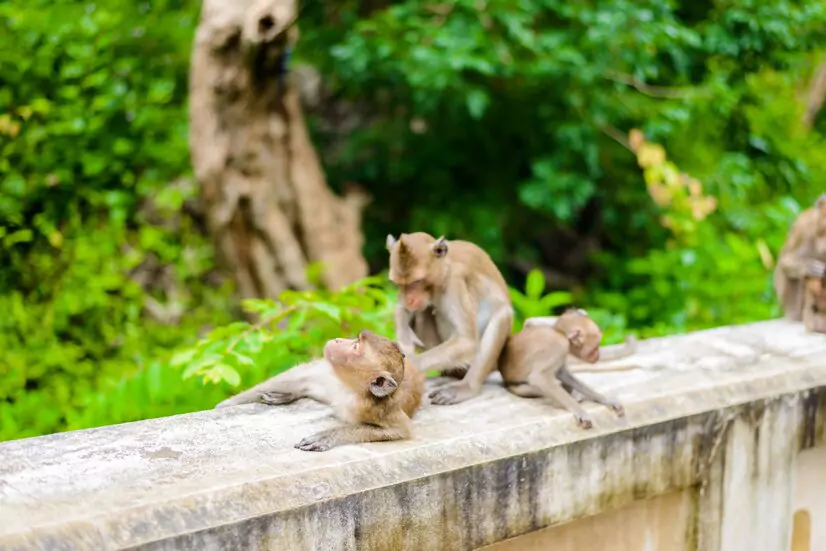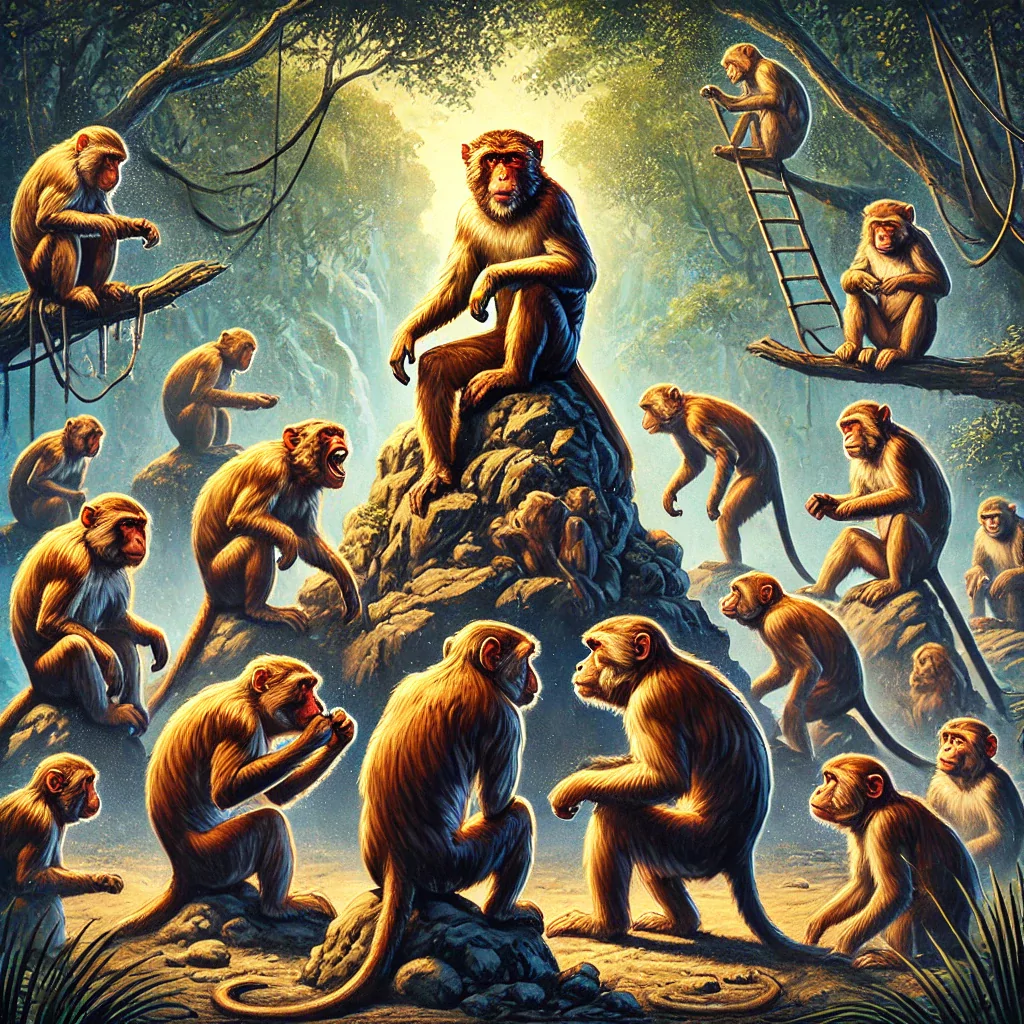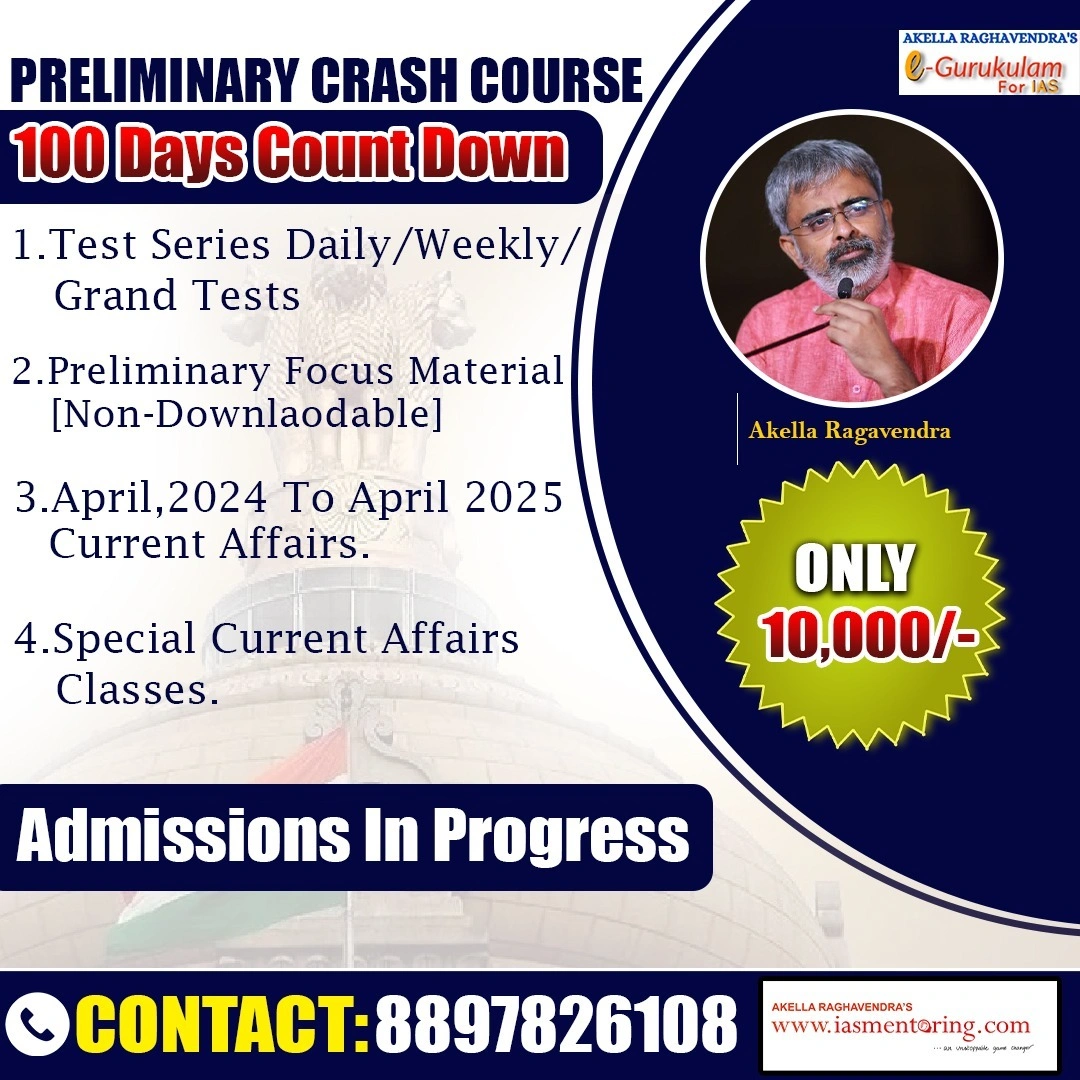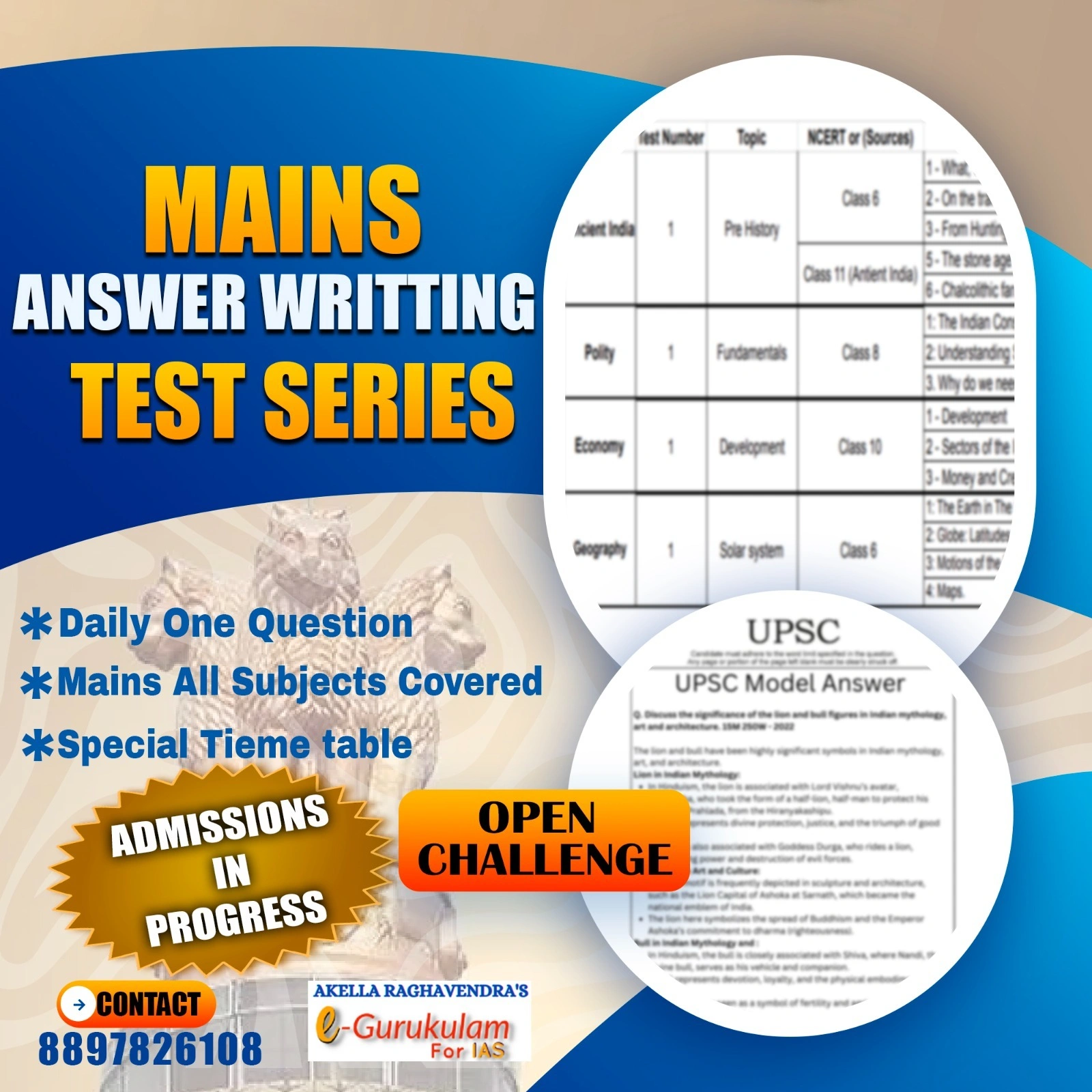Monkey Politics
Syllabus coverage:Political science, governance, and ethics topics in UPSC GS-II and GS-IV.
Monkeys exhibit hierarchical power structures similar to human political systems. Dominance is maintained through alliances, strategies, and occasional conflicts. Leadership is often challenged, reflecting real-world political coups and power shifts.
Social Hierarchies and Governance
- Monkey troops function as organized societies with dominant leaders.
- Power distribution is not absolute; subordinates can challenge or influence the leader.
- Hierarchies determine access to food, mates, and protection, mirroring socio-political class divisions.
Coalition Building and Diplomacy
- Leaders often form alliances to strengthen their rule, just like coalition governments.
- Backstabbing and betrayal exist, akin to political defection and shifting party loyalties.
- Strength in numbers influences decisions, much like voting blocs in elections.
Resource Allocation and Corruption
- Higher-ranked monkeys control food and resources, similar to elite capture in politics.
- Some leaders distribute resources strategically to maintain support, reflecting patronage politics.
Rebellions and Power Transitions
- If a leader becomes weak, rivals attempt to overthrow them.
- Prolonged dissatisfaction among members leads to revolts, much like civil uprisings in human societies.
- Younger or stronger candidates often take over leadership roles.
Gender and Leadership
- Some monkey species exhibit female-led troops, drawing parallels to matriarchal political structures.
- In others, females play key advisory roles, akin to political influencers and policymakers.

Law, Order, and Conflict Resolution
- Rules exist within monkey troops to maintain order, enforced through punishment or social exclusion.
- Disputes are resolved through aggression, mediation, or mutual grooming, much like legal and political negotiations.
Communication and Propaganda
- Monkeys use vocalizations and body language for influence, similar to political speeches and media campaigns.
- Deception and misinformation occur, akin to political propaganda.













